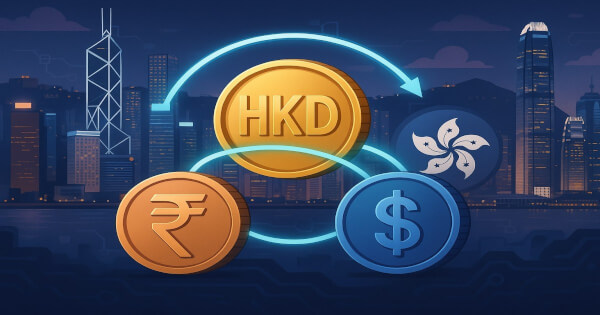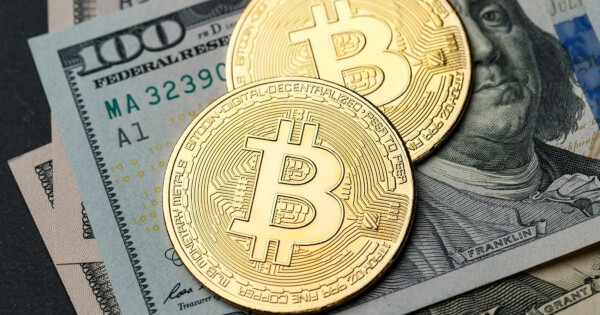
Hong Kong’s New Stablecoin Regime: What Indian Begin-ups and Exchanges Have to Know
Khushi V Rangdhol
Jun 26, 2025 06:04
Hong Kong’s new Stablecoins Invoice mandates licenses for fiat-backed stablecoins, efficient August 2025, providing Indian corporations a regulated offshore base for crypto.
Hong Kong has moved from session to laws in simply 18 months. On 21 Could 2025 the Legislative Council handed the Stablecoins Invoice, creating Asia’s first full licensing framework for fiat-referenced stablecoins (FRS). The ordinance takes impact 1 August 2025, after the federal government gazetted the graduation date in early June. Any agency that points, markets or redeems a Hong Kong-dollar-, US-dollar- or different fiat-backed stablecoin to customers within the metropolis should now get hold of a licence from the Hong Kong Financial Authority (HKMA).
What the New Rulebook Requires
-
Necessary licence. Unauthorised issuance or promotion of a fiat-backed stablecoin in Hong Kong can set off fines of as much as HK $5 million and seven-year jail phrases.
-
Prudent reserves. Stablecoins have to be backed one-to-one by high-quality, segregated belongings, with month-to-month attestation and quarterly audit. The HKMA’s draft tips prescribe minimal paid-up capital of HK $25 million (≈ US $3.2 million) for issuers.
-
Algorithmic ban. Tokens “that rely solely on arbitrage or algorithm to take care of worth” are excluded from the regime—successfully barring UST-style designs.
-
Redemption obligation. Holders should have the ability to redeem at par “inside an inexpensive time”, usually one to 2 enterprise days.
-
Native presence. Licensees want a Hong Kong-incorporated entity, two resident Accountable Officers and an MLRO (money-laundering-reporting officer).
The Sandbox is Already Stay
Earlier than the legislation kicks in, the HKMA has been operating a Stablecoin Issuer Sandbox (launched March 2024) to let candidates take a look at compliance controls and trade suggestions with regulators. Early individuals embrace Customary Chartered–Animoca–HKT, which plan to subject an HKD-backed token, and e-commerce large JD.com, which is piloting a cross-border settlement coin. The sandbox will stay open till the formal licence window begins in August.
Why Indian Companies Are Watching
1. A regulated offshore base.
India nonetheless taxes crypto good points at 30 % and debits 1 % TDS on each commerce; there isn’t any home rulebook for INR stablecoins. Organising an HK-licensed entity lets exchanges or fintechs subject a USD or HKD stablecoin, preserve world fiat rails and nonetheless serve Indian customers offshore.
2. China-plus entry.
Hong Kong’s framework is designed to interoperate with the mBridge wholesale-CBDC platform, the place the RBI is an observer. A licensed HKD token might turn into a bridge asset for future rupee–dirham–yuan corridors.
3. Bankable reserves.
Hong Kong’s largest banks—HSBC, Customary Chartered, BOCHK—already custody sandbox reserves in native forex. That solves the de-risking downside many Indian exchanges face with home banks.
Compliance Homework for Indian Candidates
Interaction with Indian Regulation
-
FEMA: An Indian resident can’t freely maintain HKD stablecoins until underneath the Liberalised Remittance Scheme (US $250 000 cap). Issuers should geo-fence or KYC-gate Indian customers till the RBI clarifies remedy.
-
Part 194S TDS: Off-exchange transfers between an HK-licensed stablecoin and an Indian pockets should still entice 1 % withholding if routed via an India-based VDA trade.
-
INR ambitions: RBI guidelines forbid overseas issuance of rupee-pegged tokens. Indian start-ups eyeing an INR stablecoin must anticipate a home licensing path or a bilateral sandbox.
Timeline to Launch
-
Now – July 2025: File sandbox software; iterative suggestions with HKMA.
-
August 2025: Ordinance takes impact; formal licence portal opens.
-
This autumn 2025: First batch of licences anticipated to be granted. Licensed stablecoins turn into eligible for mBridge pilot settlement legs.
Strategic Name for Indian Founders
Hong Kong just isn’t the zero-tax haven that Dubai gives, nor as shut as Singapore. However it’s the first main Asian hub with a full, bank-integrated stablecoin statute. For Indian exchanges searching for greenback liquidity, or fintechs eyeing cross-border service provider settlement, an HK licence might be the distinction between regulatory arbitrage and institutional acceptance.
The window is brief: sandbox demand already exceeds HKMA expectations, and capital-requirement waivers look unlikely. Companies that safe early approval will form technical requirements—and lock in branding—lengthy earlier than the ordinance pushes latecomers right into a queue.
Backside line
Hong Kong is betting that tight guidelines plus open capital markets can flip stablecoins from crypto curiosity into monetary plumbing. Indian start-ups that may navigate FEMA guidelines, marshal HK-$25 million in capital and meet HKMA’s prudential bar stand to achieve an on-shore Asian base with world credibility—one thing no different jurisdiction at present gives.
Picture supply: Shutterstock



